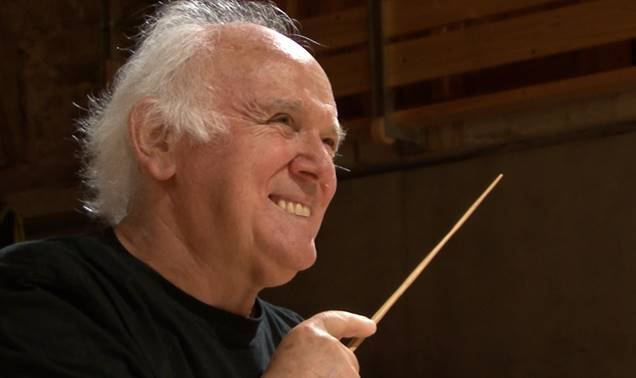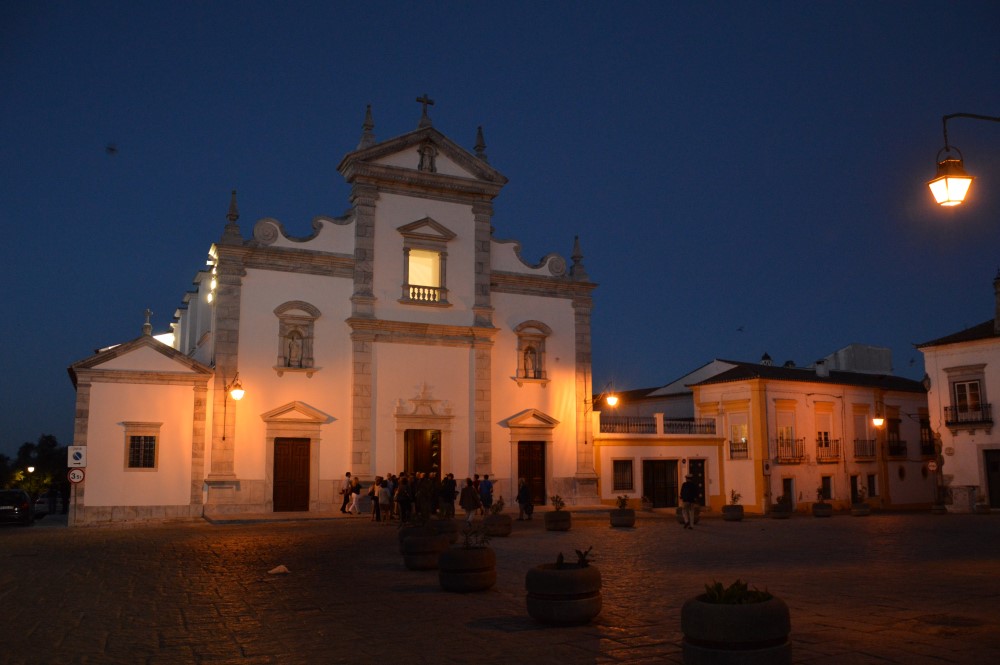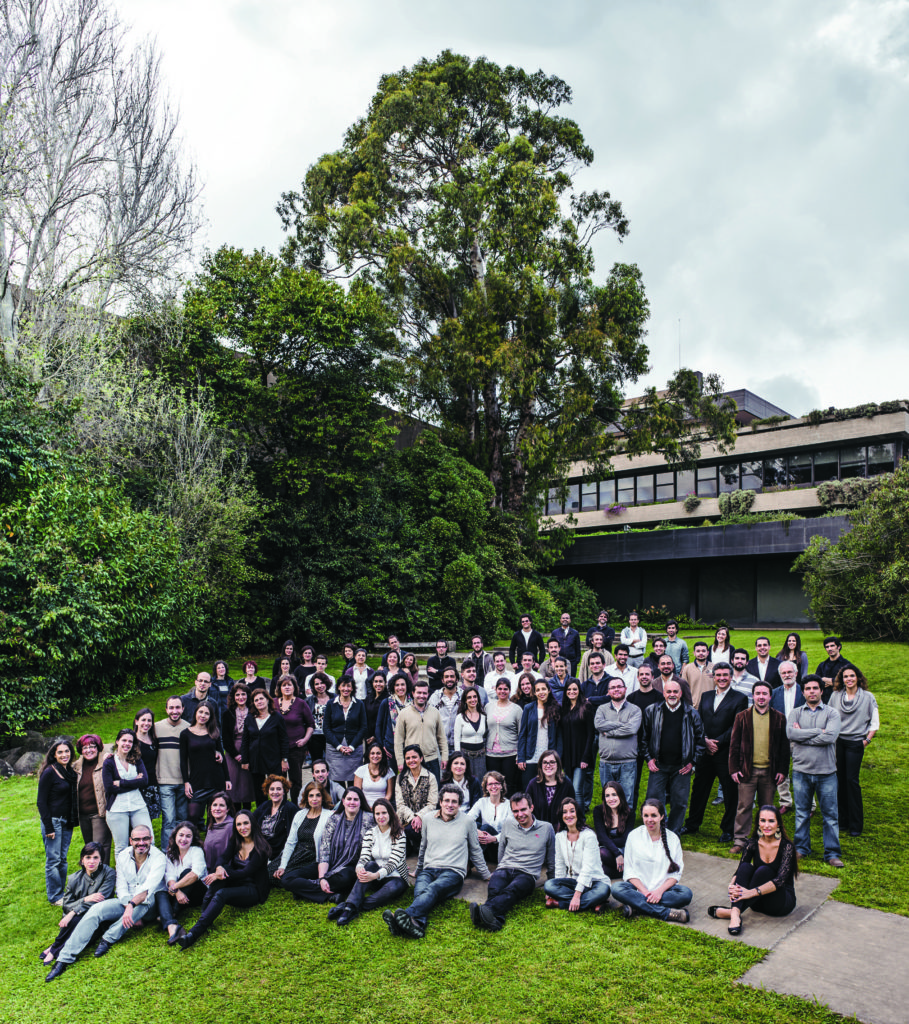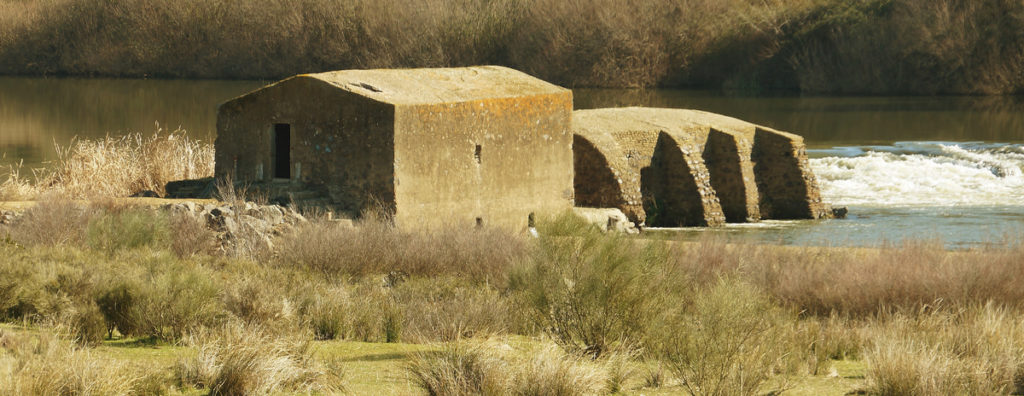 The 2017 edition of Festival Terras sem Sombra holds its closing concert in Beja, tomorrow, Saturday, June 17, with a program featuring music by Bach, performed by Michel Corboz, mythical figure of European music, and by the Gulbenkian Choir and soloists of the Orchestra.
The 2017 edition of Festival Terras sem Sombra holds its closing concert in Beja, tomorrow, Saturday, June 17, with a program featuring music by Bach, performed by Michel Corboz, mythical figure of European music, and by the Gulbenkian Choir and soloists of the Orchestra.
During this seven-month season, which featured a very intense and competitive cycle of music, alongside the heritage and biodiversity in seven hand-picked municipalities, the festival presented internationally renowned soloists and ensembles in a program, strategic for the affirmation of the Alentejo as a destination of art and nature, in which Spain was the invited country.
The initiative opened the doors, for the first time, of palaces, churches, convents, monasteries and other places rarely accessible to the public and highlighted key aspects of the natural heritage of the Baixo Alentejo region, mobilizing artists, opinion makers and volunteers to safeguard it.

In the largest building in Beja: the Colégio dos Jesuitas, today the GNR Territorial Command
The Saturday afternoon visit starts at 14:30 pm and has the cathedral as a meeting point. The target of the visit, under the guidance of art historian José António Falcão, is a masterpiece of Jesuit architecture, the old college of S. Francisco Xavier or “Old Seminary”.
This building, which remains the largest in Beja, is intimately linked to the city's history, starting with the circumstances surrounding its foundation.
Radiating from Évora, where they headed the University, the priests of the Society of Jesus exerted great influence in Alentejo. In 1670, the first steps were taken to create, in Beja, a school that, in addition to providing education, would support mission in the region. But D. Pedro, first as regent, then as king, doubted the sustainability of the ambitious project, which was suspended.
The Jesuits would not give up on their attempt and, around 1690, they got the support of Queen Maria Sofia of Neuburgo. Devoted to St. Francis Xavier, she attributed to a relic of the Ignatian saint – a cap – having managed to give birth, after many difficulties, to Prince D. João V, the future king.
D. Pedro II, grateful for his son, gave in to his wife's request and finally authorized in 1693 the construction of the college, so vast that it would never be finished.
With the extinction of the Society of Jesus, in 1759, it was left unoccupied. The Marquis of Pombal handed it over, in 1770, to Bishop D. Fr. Manuel do Cenáculo, to be the seat of the reborn Diocese of Beja.
In the century. In the XNUMXth century, it accumulated services: civil government, finance, common granary, public library… After the proclamation of the Republic, it was occupied by the State, which installed in it the National Republican Guard and other dependencies (later also the Escola do Magistério Primário).
Today, the monument, still belonging to the Diocese and in ruins in the wings that are not used by the military, awaits better days. From the roofs, overlooking the Moorish houses, one can enjoy one of the most beautiful panoramas of Baixo Alentejo.
On the fence, there are traces of the scientific vocation of the Jesuits, including a magnificent sundial. After more than a century of continuous presence in Beja, GNR has also gathered here a heritage worthy of attention and that is part of its history.
 Bach, played by Michel Corboz, mythical figure of European music
Bach, played by Michel Corboz, mythical figure of European music
The Gulbenkian Choir and soloists of the Gulbankian Orchestra (Fernando Miguel Jalôto, Sofia Diniz, Marta Vicente), under the direction of Michel Corboz, present in the cathedral, at 21 pm on the 30th, a program dedicated to the motets and choral preludes by JS Bach.
These pieces, crucial to the knowledge of the work of the great German composer, earned him a prominent place in the history of music.
At the same time, they allow him to follow his professional career, from his early years as an organist in Weimar, Arnstadt and Mühlhausen (1703-08) and Konzertmeister at the court of Weimar (1708-17), to his apogee as Kappellmeister of the princes of Köthen (1717-23) and Kantor of the city of Leipzig (1723-50).
A congregational hymn of the Lutheran Church, the choir is characterized by its simple language and easy melody. At the beginning of the Protestant Reformation, Luther called it a “spiritual song”; however, at the end of the century. XVI, the term choral began to be applied to hymns in German, becoming customary for congregational songs to be given to the choral choir (monophonic), as opposed to the musical choir (polyphonic).
Swiss conductor Michel Corboz (Marsens, 1934) is a reference in the field of musical direction. His entry into the universe of music has been deeply linked, since the beginning, to his fascination with the voice.
After founding the Ensemble Vocal de Lausanne, in 1961, he developed a long career as principal conductor of the Gulbenkian Orchestra, which would make him a “myth” in the interpretation of early music.
Signing a discography with more than a hundred titles, he stands out for his insight into the spirituality of the great Baroque masters, including Bach, who has already performed in the greatest concert halls around the world.
 Through the waters of the Guadiana, the great river of the South
Through the waters of the Guadiana, the great river of the South
This stage of the Festival culminates, on Sunday, with a practical action, aimed at understanding the relationship between man and the Guadiana, as elements that structure the landscape. Departure from the Indoor Pools of Beja at 9:30 am.
The great river of the South imposes itself, on a regional scale, in several aspects. Having one of the largest hydrographic basins in the Iberian Peninsula, its moods shaped, over millions of years, the peneplain. On the other hand, its ancient and eroded valley preserves a very rich biodiversity, functioning as a privileged corridor for countless species of birds, mammals, fish and plants.
But the Guadiana's hydrological dynamics are also present in the cultural elements that punctuate it, such as the peculiar submersion watermills and the forts. Despite the intensification of the agro-industry taking place in the surrounding areas downstream of Alqueva, this river maintains relevant heritage structures, such as those found in the Quintos area, fortified during the Restoration War, to defend Beja from the Castilian armies.
The challenge launched by Terras sem Sombra for this initiative aims a path of remarkable landscape value, PR1, Azenhas and Fortins do Guadiana, in the municipality of Beja, which ends at the river. Here, an assessment of the water element will be carried out, using analysis equipment, and the future of one of the great resources of the Alentejo will be considered in the heart of the Vale do Guadiana Natural Park.
Free entry, the Festival is organized by Pedra Angular and ends the 2017 edition in Sines, on the 1st of July, with the awarding ceremony of the International Prize Terras sem Sombra.


















Comments